It’s week 2 of National Safe Work Month, and to help you practice safety: every job, every day we’re stepping through the risk management process throughout October. This week, we build on the hazards identified in week one and assess risks.
A risk assessment involves considering what could happen if someone is exposed to a hazard and the likelihood of it happening. This helps you to work out how severe a risk is, whether existing control measures are effective, what action you should take to control the risk, and how urgently the action needs to be taken – all things which will set us up to consider how to control risks in week 3.
Our activity kit includes templates to help you work out the severity of harm for a particular hazard, as well as the likelihood of it occurring.
A risk assessment can be undertaken with varying degrees of detail depending on the type of hazard and the information, data and resources that you have available. It can be as simple as a discussion with your workers or involve specific risk analysis tools and techniques developed for specific risks or recommended by safety professionals. For some complex situations, expert or specialist advice may be useful when conducting a risk assessment.
Stay tuned here on our website and follow us on social media for more ideas, activities and resources to help you practice safety: every job, every day this National Safe Work Month.
